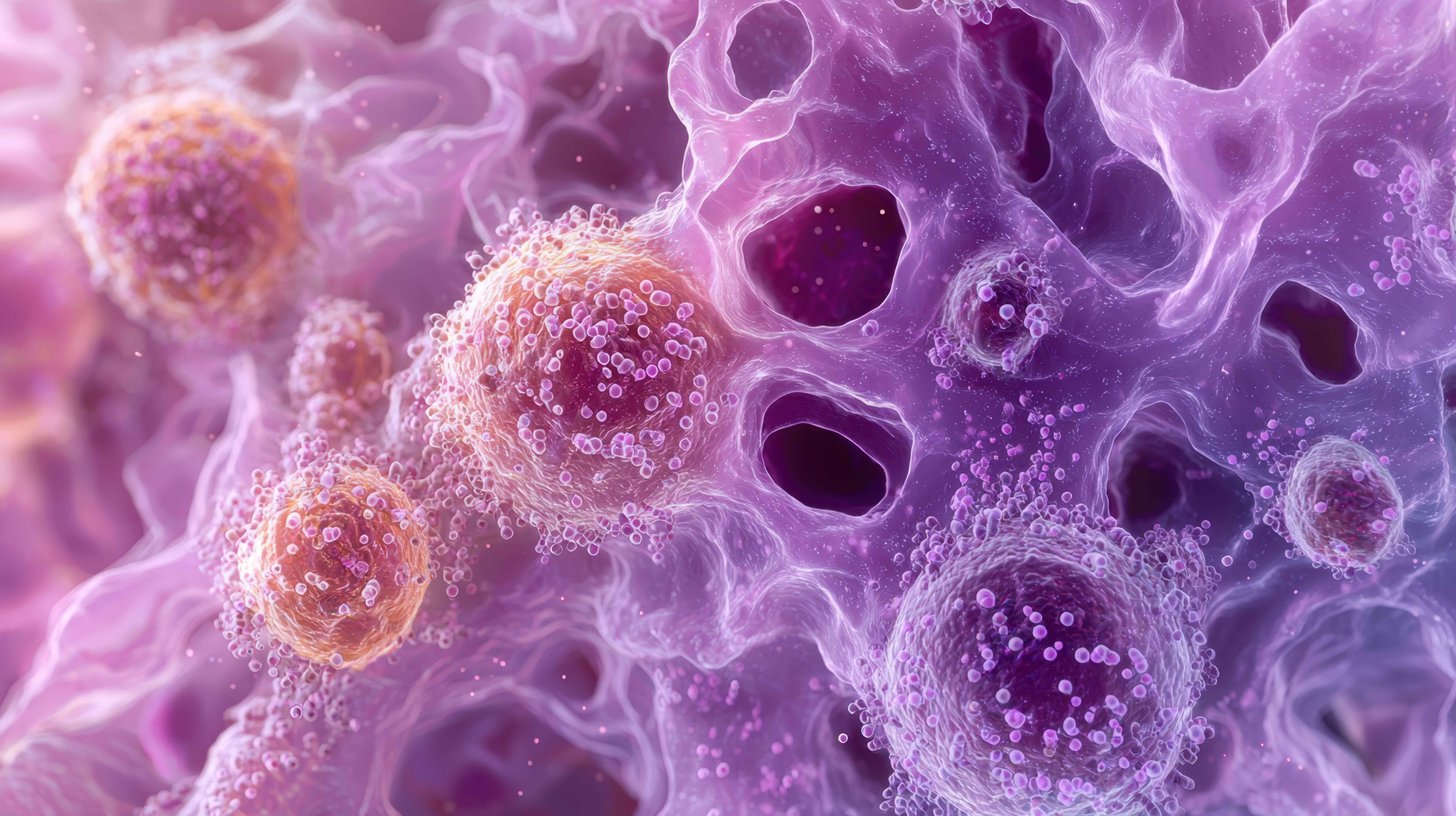News
Article
FDA Grants Orphan Drug Designation to MDL-101 for Congenital Muscular Dystrophy Type 1a
Author(s):
Key Takeaways
- MDL-101 targets LAMA1 gene to compensate for LAMA2 protein deficiencies in LAMA2-CMD patients.
- The therapy uses enzyme-null Cas9 fused with a trans-activating domain in a muscle-specific vector.
Congenital muscular dystrophy type 1a is a severe, early-onset condition that currently has no treatment, but MDL-101 may serve as a 1-time, durable treatment option.
Image credit: RFBSIP | stock.adobe.com

Updated October 25, 2024 at 11:53 AM.
The FDA granted MDL-101 (Modalis Therapeutics), a novel precision medicine in development, orphan drug designation for the treatment of congenital muscular dystrophy type 1a (LAMA2-CMD). LAMA2-CMD is a severe, early-onset congenital muscular dystrophy that is caused by the absence of the LAMA2 proteins, a protein which is made up of 3000 amino acids. Currently, there is no treatment that addresses the underlying cause of LAMA2-CMD; however, health care professionals are able to treat the physical manifestations for the disease.1,2
MDL-101 is an experimental, epigenetic editing therapy that is currently in development for the treatment of LAMA2-CMD. It consists of a guide nucleotide targeting LAMA1 gene, a highly homologous sister gene of the LAMA2 gene, enzyme-null Cas9 (dCas9) fused with trans-activating domain driven by a muscle-specific promoter and coded in a muscle-specific adeno-associated virus (AAV) vector. According to experts, MDL-101 is able to upregulate LAMA1 gene products in the patient’s muscle tissue that helps compensate for LAMA2-related loss-of-function. It has the potential to provide a 1-time, durable treatment to help people who are living with LAMA2-CMD.1
Recently, the FDA granted MDL-101 a rare pediatric disease (RPD) status for the treatment of LAMA2-CMD. This status offers incentives to the developers of MDL-101, including a potential faster FDA review of other treatments if the drug were to be approved. This would accelerate the development of critical therapies for rare diseases, according to experts.3
This status was granted following data from bioRxiv, which demonstrated durability, efficacy, and safety in both mouse models and non-human primates. According to the research, a single administration of the AAV vector encoding resulted in a significant upregulation and phenotype improvement of the LAMA1 gene in mouse models. In addition, muscle function, extended lifespan, and increased body weight were also observed in the treated mice. Further, the study authors found that the expression of GNDM gene and activation of LAMA1 persisted beyond the 1-year period for the analysis, despite immune recognition of the GNDM protein. The primates had also shown no evidence of adverse events, indicating a potential safety profile in future clinical studies.2,4
“We are pleased that the FDA has recognized our development efforts for the rare disease and granted us [an] RPD designation. We have received many requests for our efforts from children and families around the world suffering from this disease for which there is currently no treatment, and we feel a mission to respond to the expectations of patients who are eagerly awaiting the start of clinical trials as soon as possible,” said Haru Morita, CEO and president of Modalis, in a news release covering the granted RPD status.2
Further, the investigators noted that following presentations of preclinical data at conferences in June and July 2024, patients with LAMA2-CMD, their families, and their health care professionals submitted inquiries worldwide about enrollment in clinical trials that evaluate MDL-101. Another notable feature of MDL-101 is that this gene therapy—along with some others in development—requires small doses, which enhances safety while also potentially reducing the overall cost of therapy.2,4
“LAMA2-CMD is a serious, life-threatening rare disease that causes muscle weakness and reduced survival in patients. Currently, there is no approved treatment for LAMA2-CMD in the United States,” said Morita in a news release. “We are hopeful that MDL-101, which has the potential to activate LAMA1, the sister gene of LAMA2, the causative gene of this disease, and achieve a fundamental cure, will become the first treatment that improves the prognosis of these patients.”1
REFERENCES
1. Businesswire. Modalis Therapeutics has received an Orphan Drug Designation from the U.S. Food and Drug Administration for MDL-101, a treatment for congenital muscular dystrophy type 1A (LAMA2-CMD). News release. October 25, 2024. Accessed October 25, 2024. https://www.businesswire.com/news/home/20241024759996/en/Modalis-Therapeutics-has-received-an-Orphan-Drug-Designation-from-the-U.S.-Food-and-Drug-Administration-for-MDL-101-a-treatment-for-congenital-muscular-dystrophy-type-1A-LAMA2-CMD-
2. Gallagher, A. Pharmacy Times. September 30, 2024. Accessed October 25, 2024. https://www.pharmacytimes.com/view/fda-grants-rare-pediatric-disease-designation-to-mdl-101-for-congenital-muscle-dystrophy
3. LAMA2. One step closer: FDA grants Rare Pediatric Disease designation to Modalis Therapeutics’ MDL-101 gene therapy. News release. October 2, 2024. Accessed October 25, 2024. https://lama2.com/news/one-step-closer-fda-grants-rare-pediatric-disease-designation-to-modalis-therapeutics-mdl-101-gene-therapy/#:~:text=Modalis%20Therapeutics%20recently%20announced%20that,the%20treatment%20of%20LAMA2%2DCMD
4. LAMA2. Modalis Therapeutics advances a novel gene therapy for LAMA2-CMD. News release. June 21, 2024. Accessed October 25, 2024. https://lama2.com/research-updates/modlalis-announces-encouraging-lama-2-pre-clinical-data/
Newsletter
Stay informed on drug updates, treatment guidelines, and pharmacy practice trends—subscribe to Pharmacy Times for weekly clinical insights.

Donanemab-Azbt Receives FDA Label Update With New Dosing for Alzheimer Disease





